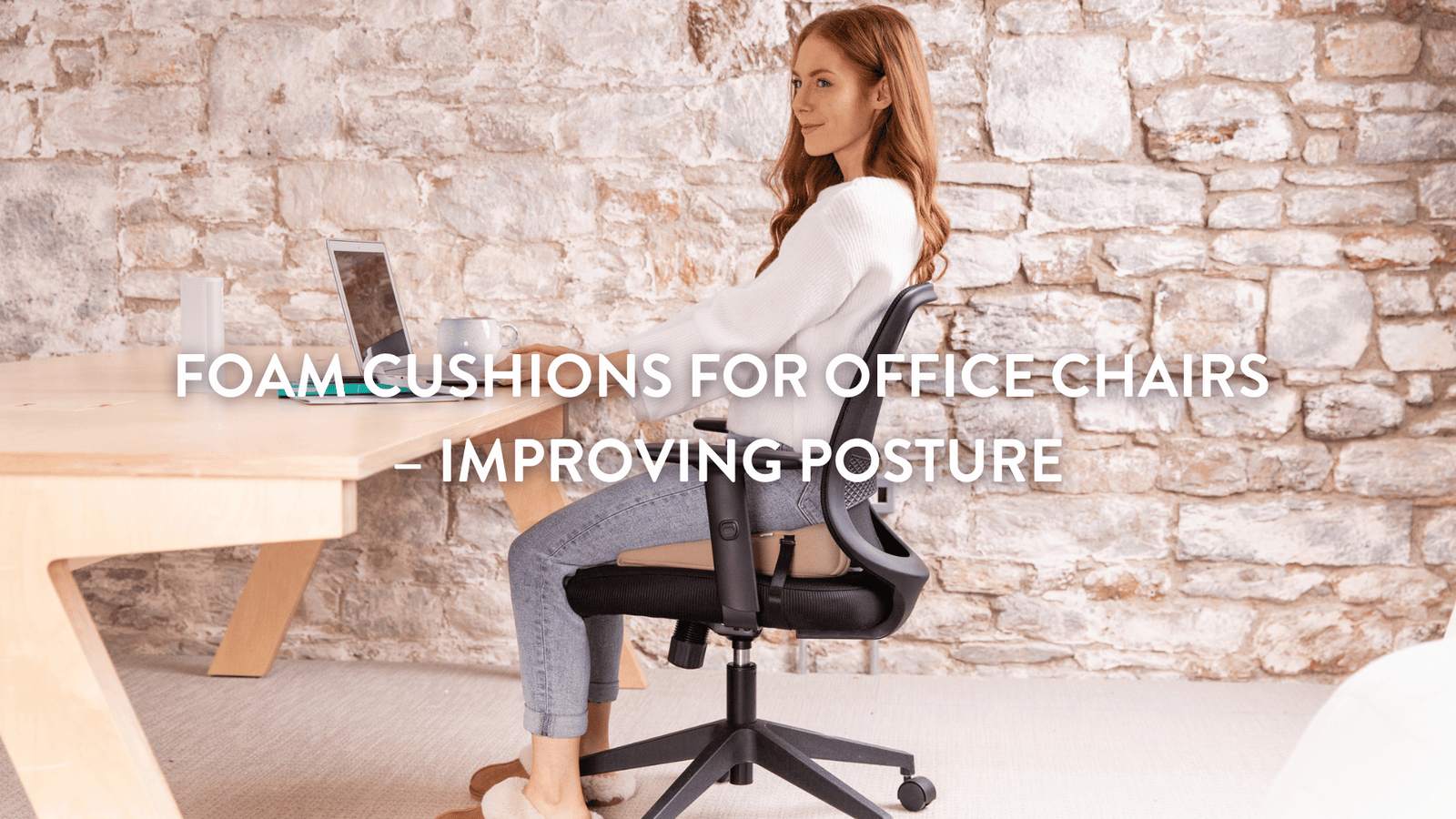
Foam Cushions for Office Chairs – Improving Posture
Sitting for extended periods is an unavoidable reality for many office workers and remote employees. Yet, the act of sitting – especially with poor posture – can have profound effects on both health and productivity.
Back pain, muscle tension, and even fatigue are all consequences of ignoring proper ergonomics. Fortunately, seemingly small interventions, like the use of foam cushions, can make a big difference.
This blog explores how foam cushions can transform your posture, their key benefits, and how to choose the best one for your needs. We’ve also included practical tips for using foam cushions effectively and broader ergonomic advice to help you sit smarter.
Why Posture Matters in the Workplace
Poor posture doesn’t just cause discomfort; it can also lead to long-term health issues, including musculoskeletal problems, reduced blood circulation, and chronic back pain. Maintaining good posture is critical for evenly distributing your body weight, reducing unnecessary strain on your spine, and encouraging better breathing and focus.
For organisations and individuals alike, posture isn’t just a health concern, it’s also a productivity booster. Studies show that comfortable employees are more focused, engaged, and efficient.
See also - The Importance of Ergonomic Support While Working from Home
The Negative Impact of Bad Posture
Slouching, hunching over your desk, or sitting in an incorrectly adjusted chair can lead to various problems, such as:
- Back, neck, and shoulder pain – Strained muscles and misalignment of the spine.
- Headaches – Often caused by tension in the shoulders and neck.
- Reduced lung function – Poor posture can restrict lung capacity, reducing oxygen flow and making you feel more fatigued.
- Lower productivity – Chronic discomfort can make it harder to concentrate.
Breaking the cycle of bad posture starts with correcting how we sit, and that’s where foam cushions can help.
See also - Relieving Ischial Bursitis with Putnams Cushions: The Ultimate Guide
How Foam Cushions Improve Posture
Foam cushions, such as sitting wedges, are designed to offer targeted support and align your spine's natural curves.
Here’s how they work:
- Encourage Active Sitting – Foam wedges tilt the pelvis slightly forward, preserving the natural 'S' shape of the spine.
- Reduce Pressure Points – Cushions distribute weight evenly, alleviating stress on the lower back and hips.
- Improve Blood Flow – Elevated positions improve circulation by keeping knees slightly below the hips.
Our range of ergonomic cushions, particularly our 8° Degree Sitting Wedges, are specifically designed with these benefits in mind. Handmade in the UK, they combine high-quality materials with expert design to support healthy office habits.
See also - How to Stay Comfortable and Maintain Good Posture While Gaming
Types of Foam Cushions – Choosing the Right Fit
All foam cushions aren’t created equal.
Understanding the different designs and functions will help you find one that matches your needs.
Classic Sitting Wedges
Key Features
- Angled surface that tilts the pelvis forward for better posture.
- Ideal for improving spinal alignment and reducing lower back pain.
- Product Highlight – Putnams’ 11° Degree Sitting Wedge features a 3¾-inch thickness, offering firm yet comfortable support.
Coccyx Cut-Out Cushions
Key Features
- A cut-out section to remove pressure from the tailbone (great for those with coccyx pain).
- Can be beneficial for individuals recovering from tailbone injuries.
- Product Highlight – The 8° Degree Sitting Wedge with Coccyx Cut Out combines angled sitting with targeted coccyx relief.
"The 8 degrees coccyx pillow has really helped to minimise my lower back pain. A well made product which has obviously been very well researched. I look forward to years of pain-free sitting with this cushion. Thanks so much Putnams" - Lorraine G
Memory Foam Cushions
Key Features
- Conforms to your body, offering exceptional comfort and support.
- Suitable for users who sit for long hours or experience back-related discomfort.
- Product Highlight – Putnams’ Memory Foam Wedge provides optimal cushioning for both office chairs and car seats.
Pressure Relief Cushions
Key Features
- Designed to reduce strain while sitting for prolonged periods.
- Excellent for people with chronic pain or specific health conditions.
- Product Highlight – The Sero Pressure Cushion by Putnams is a versatile option for office and home.
How to Choose the Right Foam Cushion
Here are some factors to consider when selecting a foam cushion for your office chair:
- Posture Goals – Do you want general support or relief for specific pain points (like the coccyx or lumbar)?
- Durability – Opt for cushions with firm, high-density foam that maintains its shape over time.
- Portability – Lightweight, portable options are ideal if you want to switch between home and office.
- Material – Decide between classic foam and memory foam depending on your cushioning preferences.
Check out Putnams’ full office cushion range here to find a solution tailored to your ergonomic needs.
Tips for Using Foam Cushions Effectively
Once you’ve chosen your perfect cushion, follow these tips to maximise its benefits:
- Position it Correctly – The thick end of a wedge cushion should face the back of the chair.
- Adjust Your Chair – Make sure your knees maintain a 90-degree angle, with feet flat on the ground or a footrest.
- Combine with Lumbar Support – For added relief, use a lumbar roll to maintain back curvature.
- Take Breaks – Even with a cushion, sitting too long can strain your body. Stand, stretch, or walk every 30–60 minutes.
11° Degree Sitting Wedge (3¾") - "Perfect shape, dense supporting foam, unobtrusive cover, sensible adjustable strap for secure positioning. Sitting at my desk is now a comfortable experience! Thank-you for your excellent products and faultless efficient supply." - CS
Further Ergonomic Considerations
A foam cushion isn’t a standalone fix.
Pair it with other ergonomic features for the best results:
- Adjustable Chairs – Look for options with lumbar support and height adjustments.
- Monitor Positioning – Your monitor should be at or slightly below eye level.
- Desk Height – Keep your elbows at a 90-degree angle when typing or writing.
- Footrests – Use one if your feet don’t reach the ground, ensuring even weight distribution.
See also - The Home Office: Ergonomic Lessons From the “New Normal”
Exercises to Complement Your Ergonomic Set-Up
Regular movement can counteract stiffness caused by sitting. Here are a few desk-friendly exercises you can try:
- Seated Twists – Rotate your torso gently to each side to relieve back tension.
- Shoulder Rolls – Loosen up tight shoulders by rolling them forwards and backwards.
- Neck Tilts – Stretch your neck by tilting it from side to side.
- Planks – Strengthen your core to promote better sitting posture overall.
Prioritising Your Health with Putnams
Investing in high-quality foam cushions, goes beyond relieving discomfort, it’s about creating a healthier, more productive workspace. With handmade products built to last, supported by thousands of 5-star reviews, Putnams provides solutions designed for you and your posture.
Start improving your ergonomics today and make your seating set-up work for you.
See also - The High Cost Of Working From Home: Protecting Your Business And Team



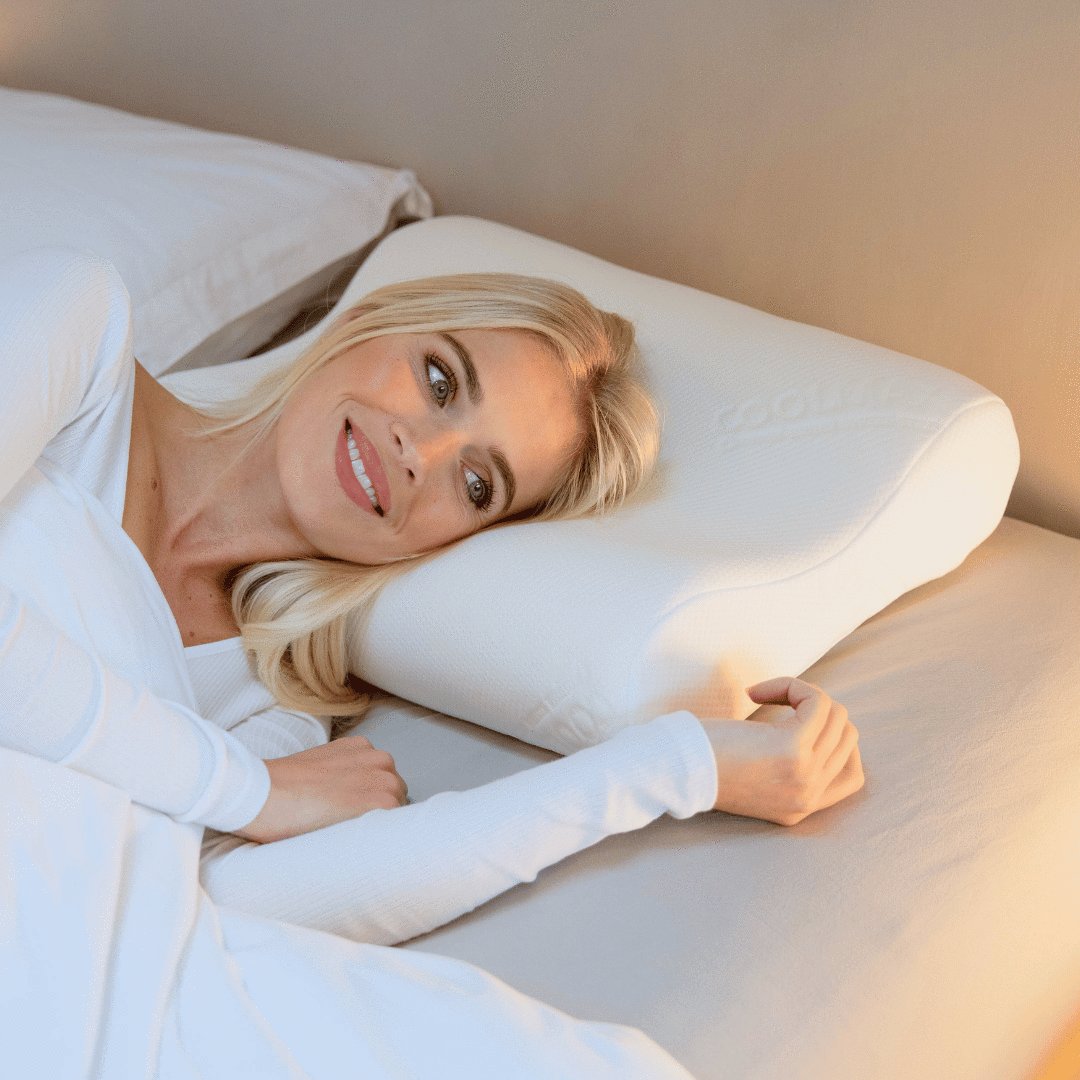
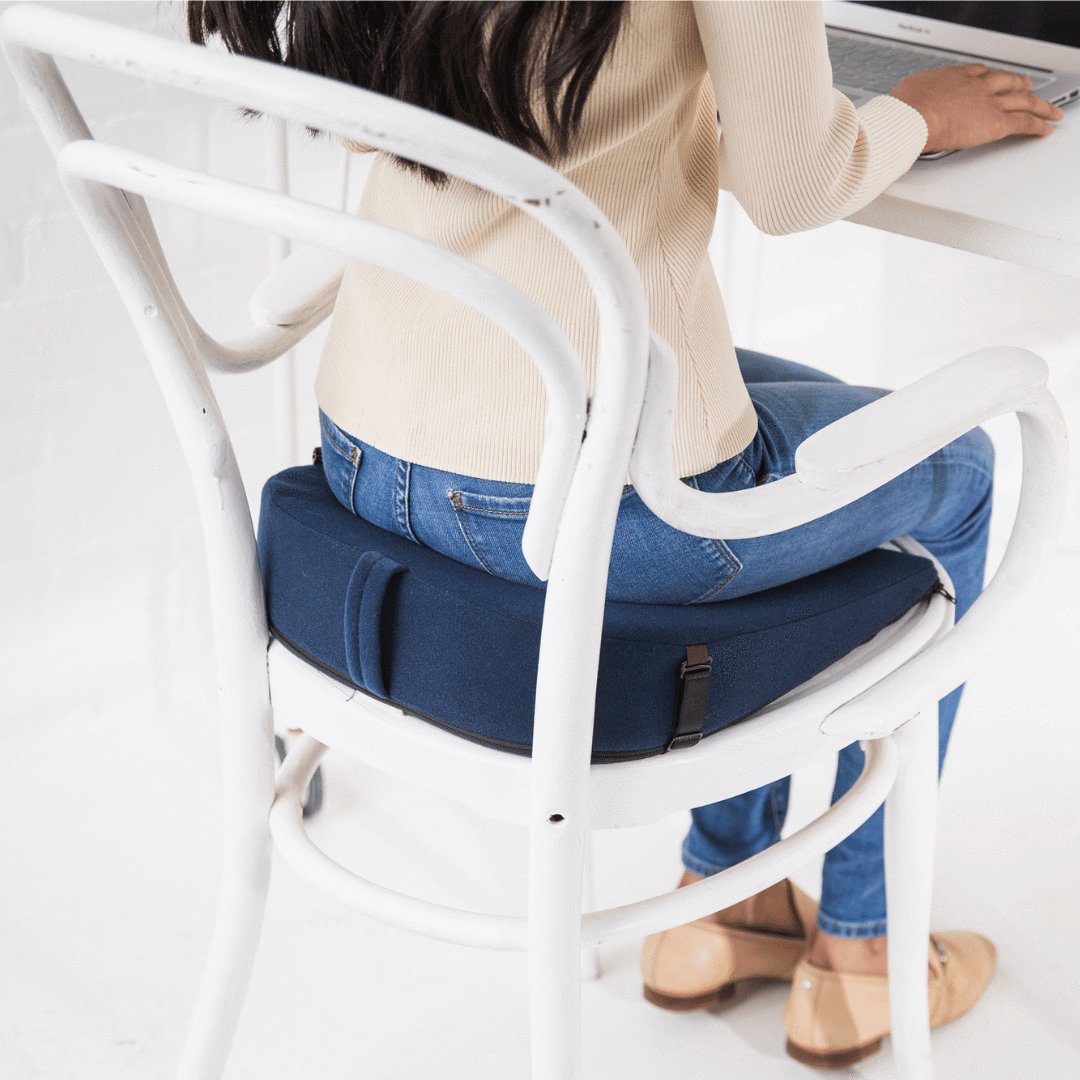
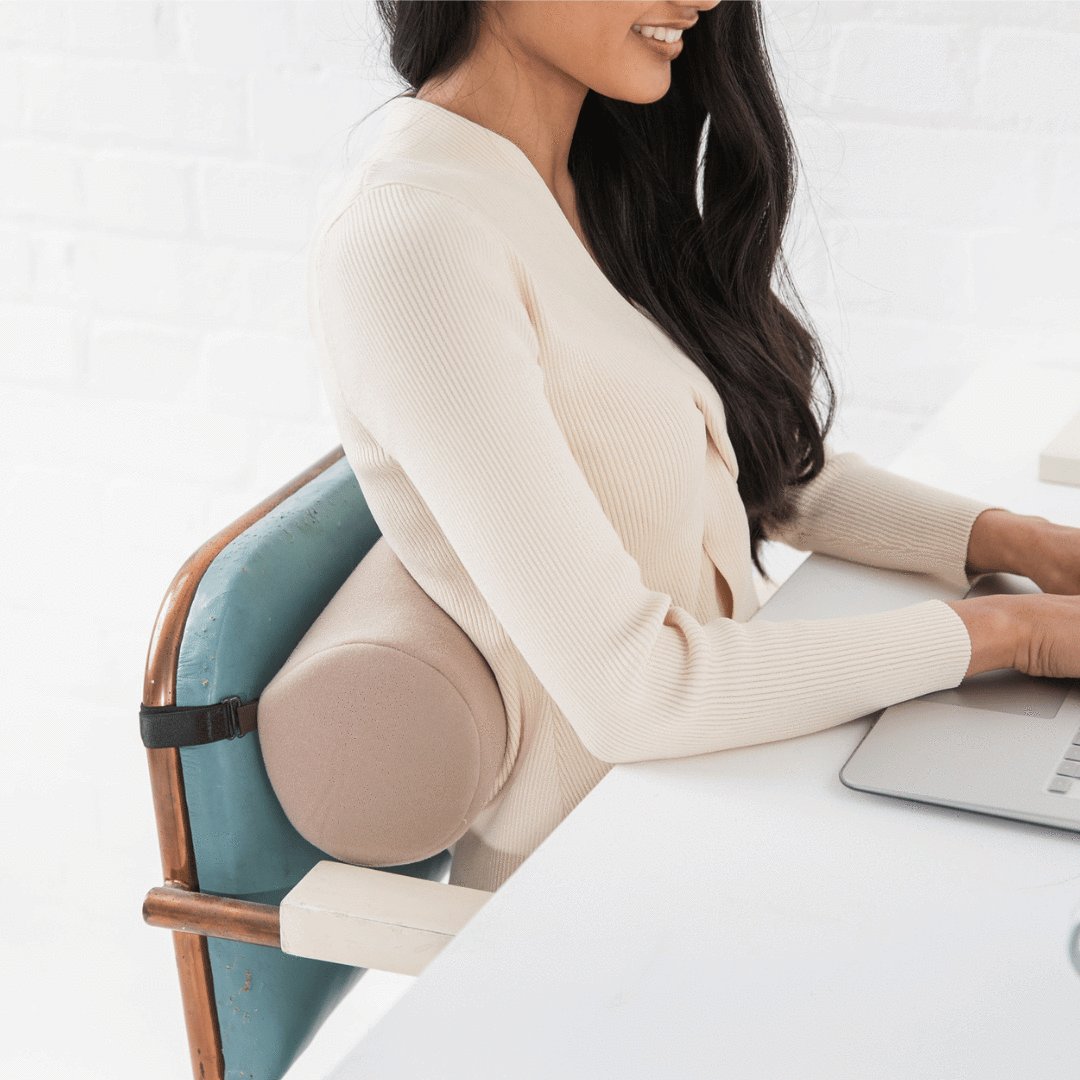
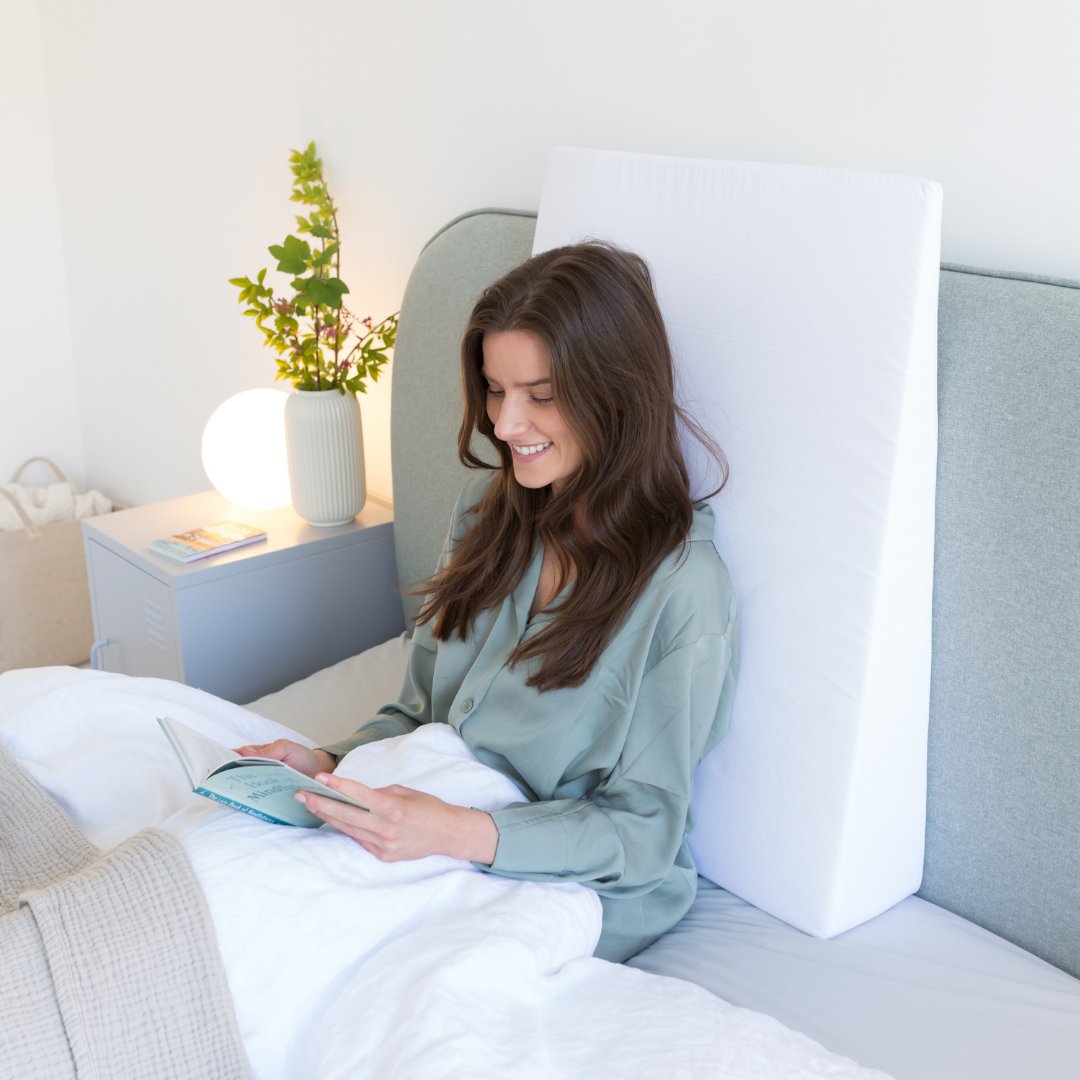
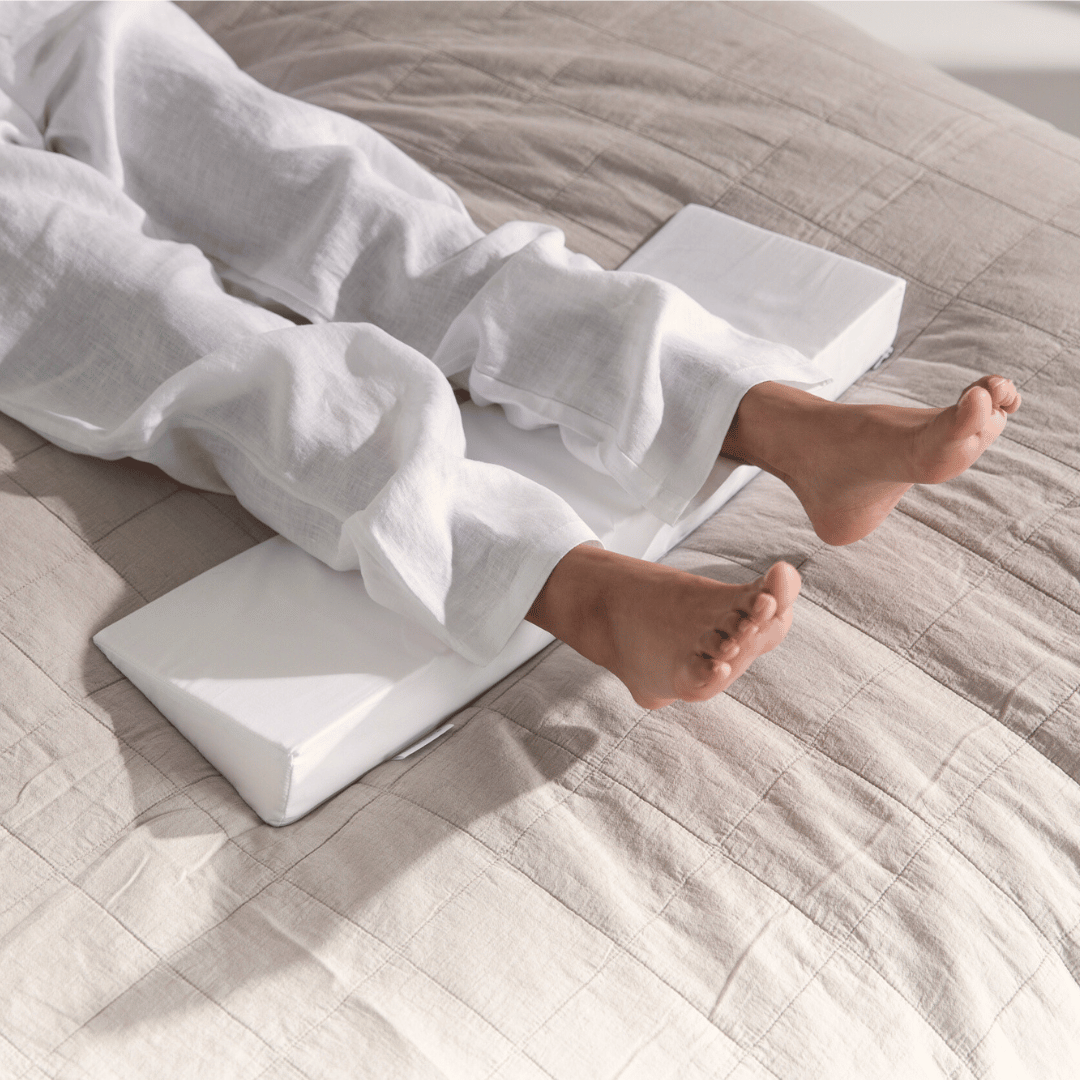
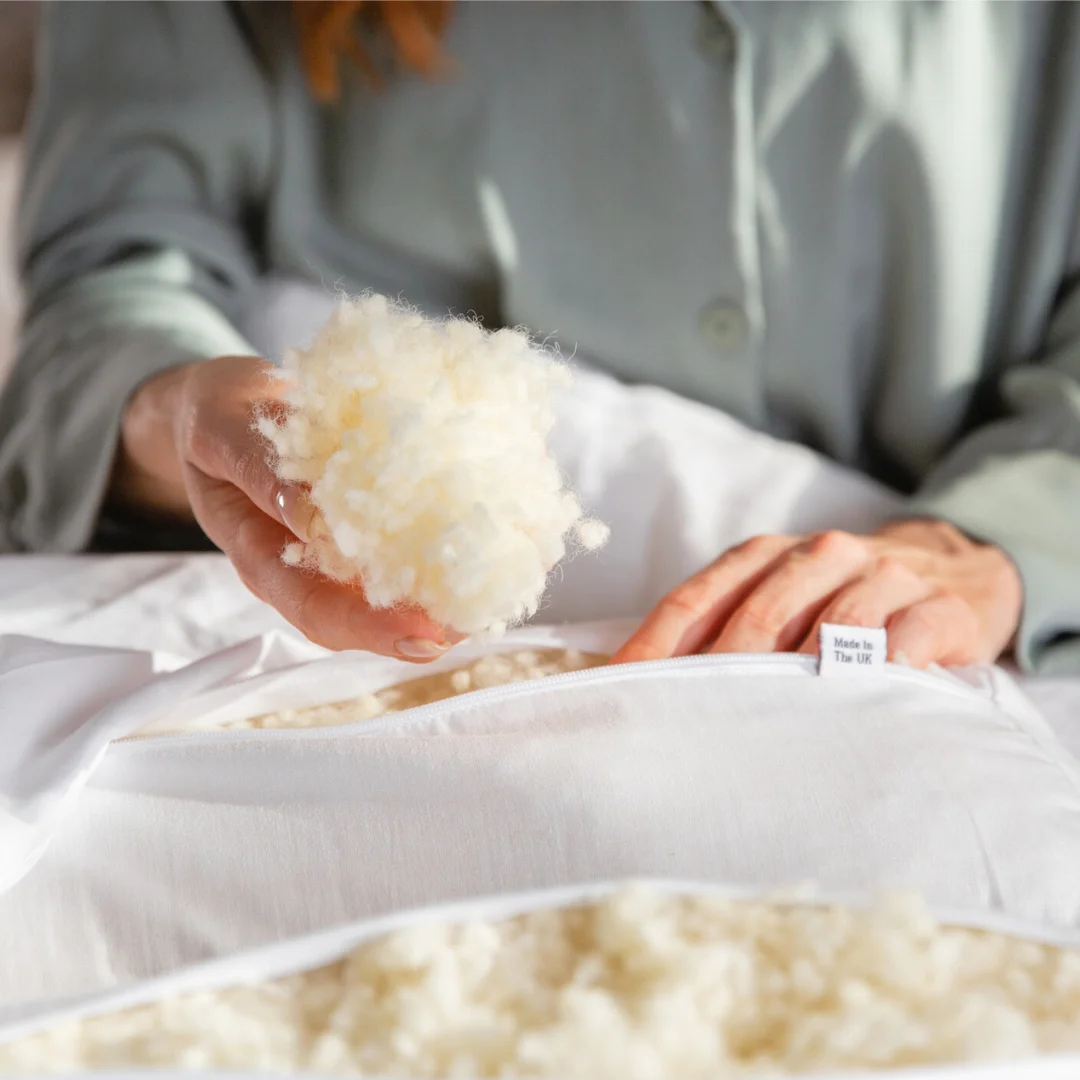







Laissez un commentaire